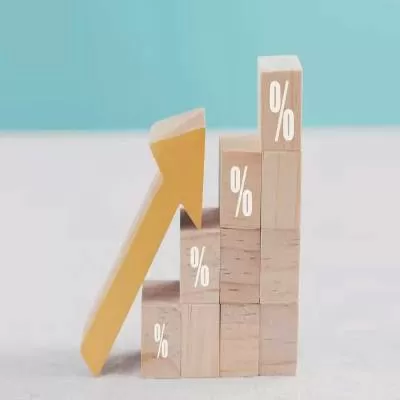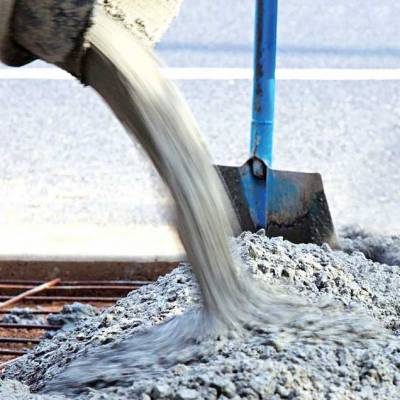- Home
- Real Estate
- Fastest Growing Tiles, Ceramics and Sanitaryware Companies in India

Fastest Growing Tiles, Ceramics and Sanitaryware Companies in India
Ceramics, tiles and sanitaryware is crucial to the construction sector as a whole. Backed by factors such as changing lifestyle, rapid urbanisation, improving standard of living and increase in disposable income, this industry has been progressing at a steady pace in the past few years. Let us take a deeper look at how the industry is placed. The Indian ceramic tile industry has grown by about 4-5 per cent in the last four to five years. <p></p> <p>The market size of the tile industry stands at Rs 27,000 crore, with organised (14 players) and unorganised players on an equal platform. On the global ceramic market front, India is ranked as the third largest tiles producer after China and Brazil. The production in India has reached 1,600 million sq m per annum in 2016 - highest in the last five years. India is not only known for the production of ceramic tiles but also for its ceramic consumption, which is 6.3 per cent of the total global consumption. Not only has the industry generated growth in the domestic market, it also contributes 3.4 per cent to overseas exports. In the last three years, export for the same has increased by 32.6 per cent from 92 sq m to 122 sq m. India has been a fierce competitor to other countries due to availability of cheap labour and lower cost of raw materials. Additionally, newer technologies and automaton as well as customised designs adopted by companies have helped them compete with countries such as China. </p> <p> In the last five years, the sanitaryware industry has grown by 7-8 per cent. Its market size stands at Rs 4,000-4,200 crore and contributes 8 per cent to the global production. The industry is highly fragmented with unorganised players contributing 67 per cent while the remaining 33 per cent comprises organised players. The sanitaryware market looks underpenetrated as half of the Indian population lacks proper sanitation; around 65 per cent of rural and 18 per cent of urban areas do not have safe sanitation facilities providing scope for growth.</p> <p><span style="font-weight: bold;">Growth drivers<br /> Low per capita consumption:</span> The per capital consumption in India stands at 0.61 sq m, which is lower in comparison to countries such as China with 3.33 sq m and Brazil at 4.12 sq m. Lower per capita consumption provides a huge potential to drive immense growth in the near future. Likewise, rising population and urbanisation will also act as market drivers. </p> <p>The rural sanitation coverage in India stands at 32.7 per cent, which implies that more than 67 per cent of the rural population in the country is deprived of basic sanitation facilities.</p> <p><span style="font-weight: bold;">Government infrastructure:</span> Various government initiatives such as 'Housing for All by 2022' and 'Swachh Bharat Abhiyan' have helped improve the demand condition for this industry. According to the Ministry of Drinking Water and Sanitation, the sanitation coverage has gone up from 42 per cent in October 2014 to 60 per cent in 2017. Likewise, the government has allocated Rs 20,011 crore for sanitation in the Union Budget 2017. </p> <p><span style="font-weight: bold;">Housing sector: </span>According to CLSA, India expects to build 60 million new homes between 2018 and 2024. Furthermore, declining home finance rates and increasing funding options are expected to act as a catalyst for housing demand over the coming years. </p> <p>All in all, there is a great road ahead for the sector. </p>
























